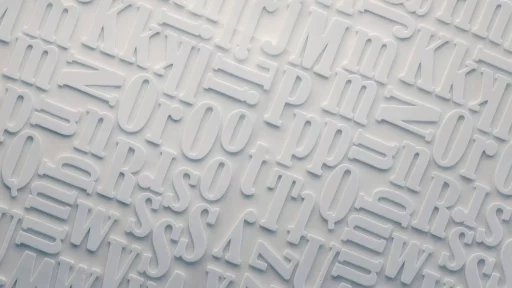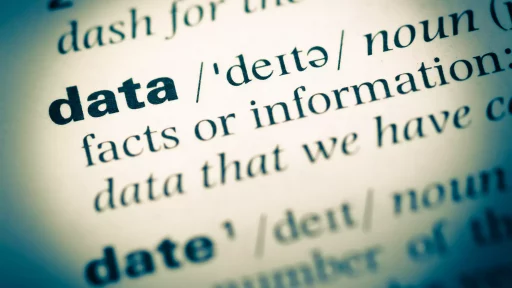Introduction to Text Structure
Text structure refers to the way that information in a text is organized and presented. Understanding text structure is essential for readers to fully comprehend the material, as it helps them recognize patterns and relationships within the content. This article explores various types of text structures, their significance, and how they enhance reading comprehension.
Types of Text Structures
- Chronological Order: This structure presents information in the order that events occur, making it ideal for narratives or historical texts.
- Cause and Effect: This structure explores the reasons behind certain events and their outcomes, highlighting relationships and consequences.
- Comparison and Contrast: This structure compares similarities and differences between two or more subjects, providing clarity and insight.
- Problem and Solution: This structure identifies a problem and proposes solutions, making it effective for persuasive writing.
- Description: This structure provides detailed descriptions of a subject, often used in informational articles and essays.
The Importance of Understanding Text Structure
Recognizing text structure enhances reading comprehension by allowing readers to navigate through the content more efficiently. According to a study published in the “Journal of Educational Psychology,” students who are trained to identify various text structures perform better on comprehension assessments than those who do not receive such training. The results indicated a 20% improvement in test scores for students who understood text structure.
Case Study: Implementing Text Structure in Education
In an elementary school in Austin, Texas, teachers implemented a strategy focusing on text structure to enhance reading skills among struggling students. Over a six-month period, students engaged in activities designed to identify different text structures in their reading. The results were remarkable:
- Average reading scores increased by 15%.
- Students showed improved engagement and retention during reading sessions.
- Teachers observed a 30% decrease in student frustration during reading tasks.
This case study highlights the efficacy of teaching text structure as a tool for improving literacy in educational settings.
Examples of Text Structures in Action
To illustrate how text structure appears in various contexts, consider the following examples:
- Chronological Order: A biography detailing the life of Albert Einstein presents his achievements in the order they occurred, allowing readers to follow his development over time.
- Cause and Effect: A scientific article discussing climate change outlines the causes of global warming and its effects on polar ice caps, linking the two logically.
- Comparison and Contrast: A magazine article comparing electric cars to traditional gasoline vehicles highlights the advantages and disadvantages of each option, aiding consumers in their decision-making.
- Problem and Solution: A nonprofit organization’s report on homelessness presents data on the issue before proposing community-based solutions to address it.
- Description: A travel blog post describing the lush rainforests of Costa Rica immerses readers in sensory details, allowing them to visualize the experience.
Strategies for Teaching Text Structure
Educators can utilize the following strategies to teach students about text structure effectively:
- Graphic Organizers: Using tools like Venn diagrams, flow charts, and outlines can help students visually map out text structures.
- Text Structure Signals: Teaching students to look for signal words and phrases (e.g., “however”, “first”, “as a result”) can guide them in identifying structure.
- Modeling: Reading aloud and modeling how to identify text structures in real-time fosters a deeper understanding.
- Group Activities: Collaborative learning through group discussions and projects allows students to engage with text structures interactively.
Conclusion
Text structure is a vital component of effective reading and comprehension. By recognizing and understanding various text structures, readers can enhance their ability to navigate complex information. Educators play an essential role in teaching these structures, ultimately leading to improved literacy and critical thinking skills among students.





